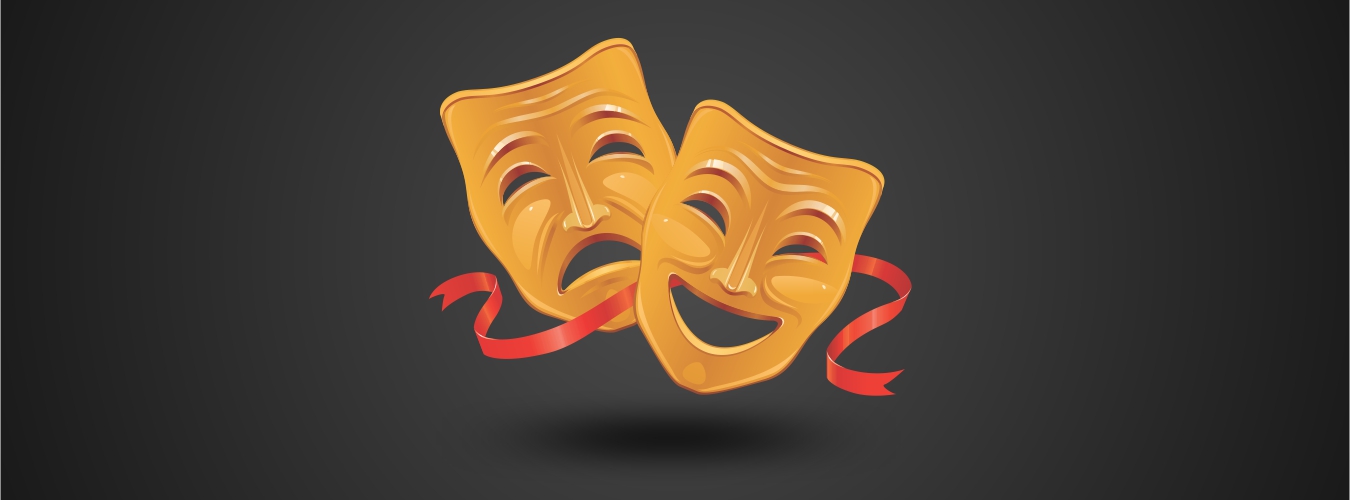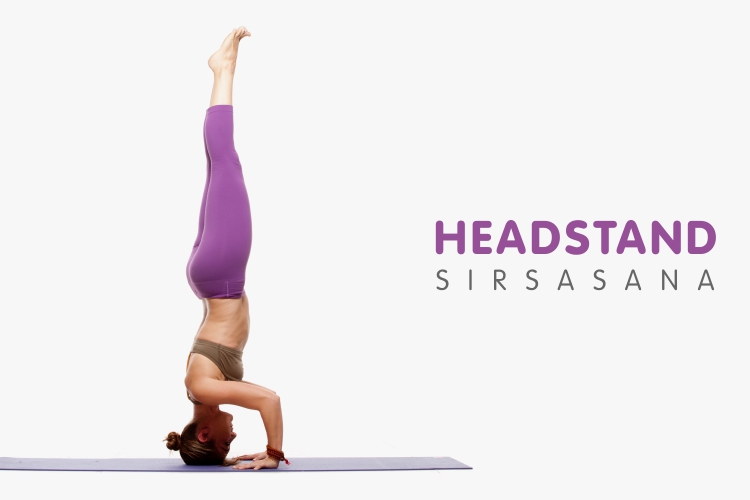Workout Trends
Workout Trends helps you DESIGN an action plan for your life, a program you can follow despite the demands of a BUSY lifestyle, the one that can get you RESULTS. Learn what WORKS and what DOESN'T for your fitness goals.
Read MoreHeadstand (Sirsasana)
Headstand or Sirsasana (or Shirshasana) is a complete body inversion pose considered to be the ‘King’ of all Yoga poses. Shirsha in Sanskrit means ‘head’ and thus the name.
With a variety of variations, the headstand is basically Tadasana (Mountain Pose) done upside down. Headstand is a beneficial pose for students who wish to strengthen their memory, sleep better and increase their concentration and focus in order to excel in studies.
Contents
Health Benefits
The most important benefit of this pose is that because of the inversion it increases blood flow to the brain, improves memory and various functions of the cerebrum. Headstand strengthens the back, shoulder joints and the core. This pose stimulates the pituitary and pineal glands and strengthens the arms, legs and spine. Practicing headstands also massages the abdominal organs.
Headstand drains the blood and lymph held in reserve in legs. It gives relief to those suffering from sciatica, general backache and lumbago. This pose is great for the legs and thus benefits those affected by Varicose veins. Practicing headstand can ease respiratory disorders and lung and heart diseases. This pose also fetches relief from digestive problems like constipation and acidity. Headstand reverses the signs of aging as it provides fresh nutrients and oxygen to the face.
Getting into Pose
What you need: Room with fresh air (if you’re doing it inside, otherwise do it in open area), and you.
Difficulty Level: Advanced
Initial Position: Table Pose (Kneeling on all your fours)
Drishti or Gaze: Forward
Steps
- Kneel on the floor and lace your fingers together in front of you (on the floor). Your elbows should be shoulder width apart. Make a flattened base using your forearms and hands.
- Touch the top of your head (go upside down and tuck chin to chest) on the mat in such a manner that the back of the head touches your interlaced fingers. Make sure your neck is not under stress and draw your chin to your chest.
- Lift up your hips till the body forms an inverted V shape.
- Walk your feet close to your hands till you can feel the full stretch in your hamstrings..
- Once that happens, lift your feet off the mat. (Straighten one leg at a time, if you can’t straighten both together).
- Hold the pose for 10 to 30 secs. Release and repeat as per your comfort. This pose can be practiced daily starting with 5 mins and extending upto 15 mins or more gradually.
- To relax get into the Child’s Pose (Balasana) and retrace all the steps mentioned above, in reverse order. Relax on your back and take 5 deep breaths.
Other Variations
- One legged Headstand/Single leg Headstand (Ek Pada Shirshasana): Advanced version- Perform the usual headstand as stated above and lower your left leg such that it becomes parallel to the floor and there is an angle of 90 degrees between both legs. Switch legs and repeat. This pose stretches the groins and legs.
- Upward Lotus in Headstand (Urdhva Padmasana in Shirshasana): Advanced version- Perform the headstand as usual and then without losing balance, gradually fold both legs in Padmasana. To do this, bend your right leg and bring your right foot to the top of your left thigh, close to the groin. Do the same with the opposite leg. This pose stimulates blood circulation.
Preparatory Poses
- Dolphin Pose (Makarasana)
- Dolphin Plank Pose (Makara Adho Mukha Svanasana)
- Lotus Pose (Padmasana)
- Hero Pose (Virasana)
Beginner’s Tips
Don’t try to rush while performing this pose. Take the support of a wall when beginning to practice or perform this pose. You can eliminate its use as you progress. Also, avoid putting too much pressure on your neck as this can injure it severely.
Begin with practicing this pose for not more than 10 secs.
Advanced Poses
Important Notes
Avoid doing this pose if you have the following conditions:
- High B.P.
- Head, back or neck injury
- Headache or migraine
- Menstruation
- Pregnancy




